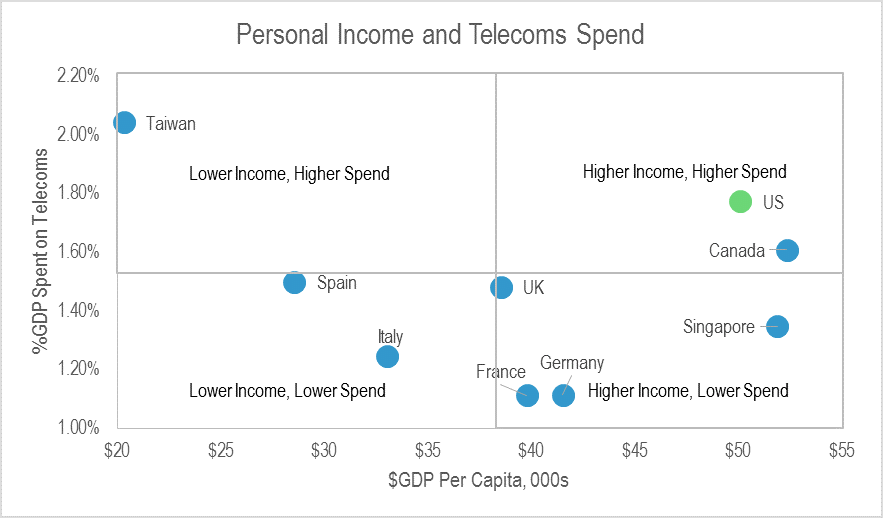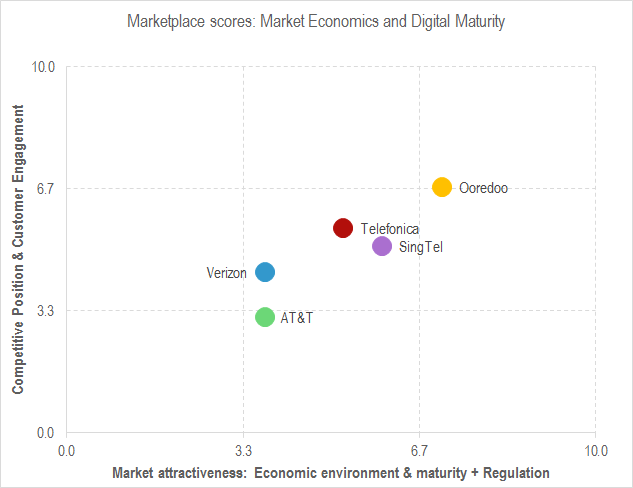
Telco ecosystems: How to make them work
Telcos (and others) have had mixed results from their experience of ecosystems. We look at AT&T Community, DTAG’s Qivicon, GSMA Mobile Connect, TIP and Android to analyse success factors and approaches to maximise the potential of future ecosystem initiatives.




